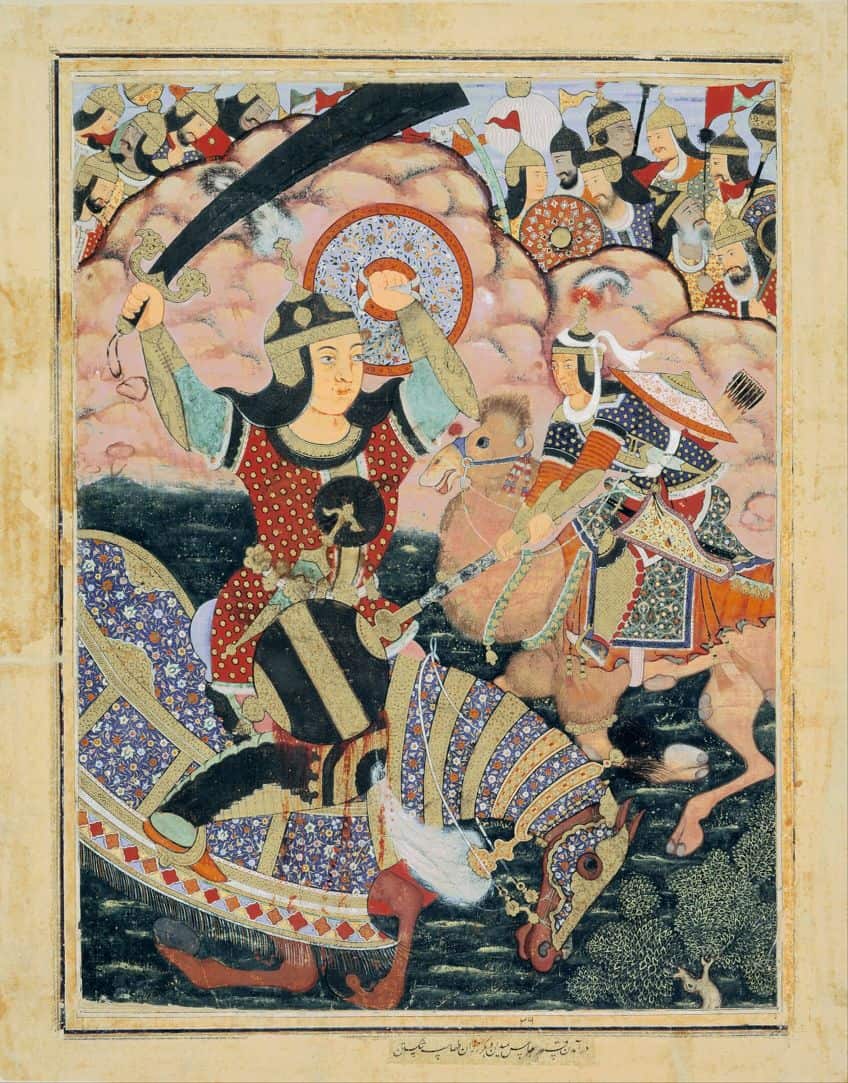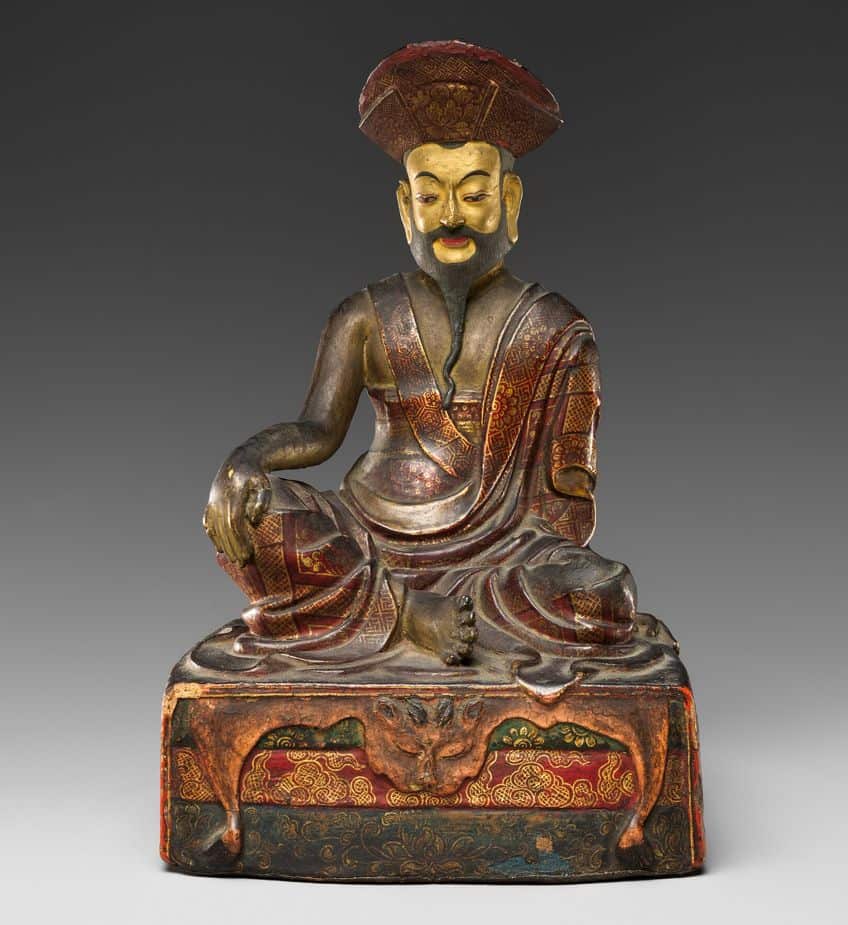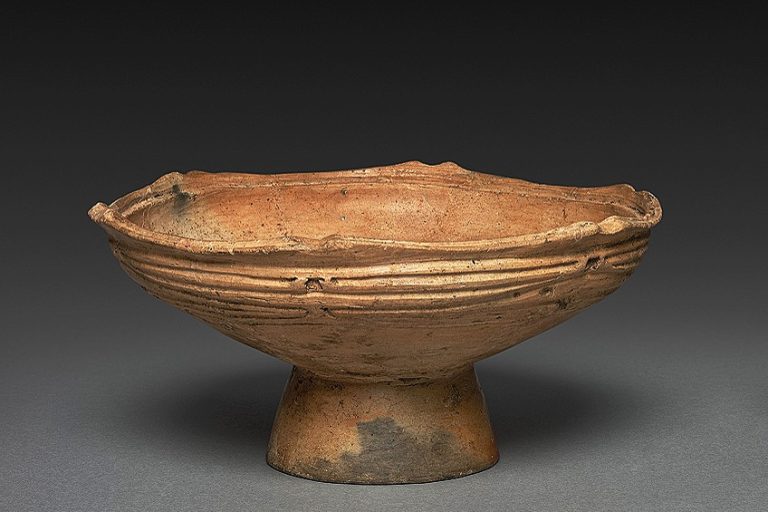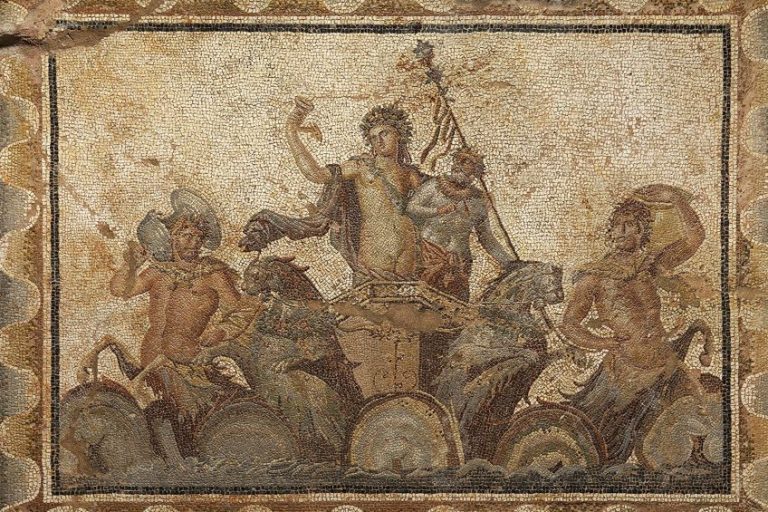South Asian Art – A Deep Dive into the South Asian Culture
South Asian art refers to the creative works produced by artists from countries in South Asia such as Pakistan, India, Bhutan, Bangladesh, Sri Lanka, and Nepal. While many of these countries differ in their political beliefs and ethnic backgrounds, they all share a common ethical outlook and South Asian culture based on ancient texts and religious practices. Therefore, many of the most well-known South Asian paintings focus on religious subject matter based on these ancient scripts, featuring the pantheon of Asian deities and their mythological stories.
An Exploration of South Asian Art
South Asian Art encompasses a wide range of artistic styles, mediums, and traditions, such as South Asian paintings, sculpture, decorative arts, and architecture. South Asian culture and art span back thousands of years, giving rise to various movements and styles along the way, such as the famous South Asian paintings and sculptures produced by Buddhists and Hindus. Let us start by taking a look at a few of the most significant artistic movements and styles of South Asian culture.

Indus Valley Culture Art
Indus Valley art was created by a South Asian civilization that thrived in the Bronze Age sometime between 2600 and 1900 BCE. The Indus Valley Civilization, situated in present-day Pakistan and parts of northwest India, was one of the world’s first urban civilizations. The art of the Indus Valley Civilization was noted for its detailed stone carvings, ceramics, and sculptures that were defined by the South Asian artists’ attention to detail, utilization of symmetry and geometric patterns, and emphasis on lifelike representations of humans and animals.
The small bronze sculpture known as the Dancing Girl (2500 BCE) is a well-known example of art made by the Indus Valley Civilization and is noted for its realistic features such as the figure’s jewelry, hairstyle, and posture.
Another noteworthy example of art from this period is the highly-detailed seals that were created for commercial and administrative purposes. They were carved from a soft stone known as steatite, and depicted various animals such as tigers, elephants, and bulls, in addition to mythological animals such as unicorns. The intricately-detailed Indu Valley pottery was another prominent feature of this era and was produced for a range of practical applications such as the transportation of various goods, storage, and cooking. These too would often be covered with detailed human and animal motifs.

Buddhist Art
Buddhism arose in India in the sixth century BCE and swept across South Asia, resulting in the development of a rich and diversified artistic heritage inspired by Buddhist religious practices and spiritual beliefs. The use of symbolism and the depiction of Buddhist deities are among the most distinctive characteristics of Buddhist art in South Asia. Buddhist art typically depicts portrayals of the bodhisattvas, Buddha, and other prominent Buddhist figures, with each character embodying a different aspect of Buddhist theology.
Buddhist paintings known as thangkas are a well-known art form in South Asia and are used as meditational aids along with mandalas.
These were created to bring Buddhists closer to the teaching of the religion by serving as images for devotion and focus. Buddhist sculptures were another prominent art form and typically featured Buddha himself rendered in wood, stone, or metal. The perfect place to get a sense of the scope of Buddhist artwork is the Ajanta Caves in Maharashtra, India. Here, one can view portrayals of the various lives of the Buddha. These South Asian paintings are famed for their intricacy, vibrant color palette, and fine details. The Buddhist sculptures found here are also exceptional, noted for their detailing, tranquil expressions, and graceful poses.

Mughal Art
From the 16th until the 19th centuries, the Moghul Empire covered much of the South Asian region. The Moghul Empire produced artworks that were noted for their vibrant color palette, fine details, and the blend of Indian and Persian aesthetics. Miniature painting is one of the most well-known forms of Mughal art. These South Asian paintings, produced on little pieces of paper, commonly portray events from Mughal imperial life, such as courtly romance, hunting scenes, and warfare. During their reign, the Mughals erected countless beautiful monuments, including the iconic Taj Mahal in Agra.
The incorporation of symmetrical patterns, elaborate ornamentation, and the blending of traditional Persian and Indian architectural elements characterize Mughal architecture.
Mughal artwork also includes decorative arts like textiles, pottery, and metallurgy. Mughal textiles are distinguished by their detailed patterns, beautiful needlework, and use of lavish materials like velvet and silk. Mughal pottery is typically painted with beautiful floral designs, while Mughal metalwork is usually embellished with exquisite carvings and fine filigree work. The Hamzanama (1562), Akbar’s court manuscript, represents one of the most notable examples of Mughal artwork. This book, which features over 1400 artworks, is considered to be one of the most significant masterpieces of Mughal miniature painting.

Rajasthani Art
The region of Rajasthan has a rich cultural legacy, and its art forms have been shaped by influences like historical events and its unique geographical location. Miniature paintings are one of Rajasthan’s most well-known art forms, and the topics of these artworks usually focus on historical events, royal courts, and religious traditions. Another well-known art form from this region is known as Phad painting. These artworks reflect the life of legendary Rajasthani warriors or deities and are produced on canvas or cloth. They are used in folk performances and are usually accompanied by narration. Rajasthani embroidery is a type of traditional needlework that is characterized by its detailed motifs and bright colors.
Embroidery is produced in cotton, silk, and wool and is used to decorate clothes, wall hangings, and other ornamental objects.
The ancient pottery style known as “blue pottery” has its roots in Jaipur, Rajasthan. The pottery is created from a combination of raw glass and quartz, giving it its stunning hue. The pottery is usually adorned with elaborate patterns and designs. The miniature paintings of the Kishangarh school, which prospered in the 18th century, are one outstanding example of Rajasthani art. The Kishangarh school of art is distinguished by its distinct aesthetic, which includes expressive eyes, elongated forms, and delicate features. One of the most well-known works of this style is Nihal Chand’s painting Krishna Celebrates Holi with Radha and the Gopis (1750) which portrays the love between Lord Krishna and his lover Radha.

Bhutanese Art
Bhutanese art and Tibetan art are similar in that both are founded on Vajrayana Buddhism and its pantheon of holy deities. Each divine entity is given a unique color, shape, and distinguishing attribute, such as a conch shell, thunderbolt, or begging bowl. All holy figures are produced to strict specifications that have stayed impressively consistent across millennia. Bhutanese art is noted for its bronzes of various kinds, which are typically known as Kham-so (which translates to made in Kham) despite being manufactured in Bhutan because the process for manufacturing them was originally developed in Khan, an eastern province of Tibet.
The sculptures and wall paintings in these areas are based on the timeless values of Buddhist art traditions.
While their attention to detail is taken from Tibetan models, their origins are immediately discernible, despite the richly embroidered clothes and sparkling jewels with which these figures are luxuriously adorned. A notable example of Bhutanese art is the Zhabdrung Ngawang Namgyal (c. 17th century), which portrays the state of the same name in Bhutan. Weaving was another prominent art form in Bhutan. They produced textiles that were noted for their vivid colors and intricate design work, typically featuring various Bhutanese motifs such as the endless knot and the thunder dragon.

Contemporary South Asian Art
Numerous contemporary South Asian artists are inspired by traditional art techniques including calligraphy, miniature painting, and sculpture, whereas others mix modern and Western elements. One of the prominent characteristics of contemporary South Asian artists is their concern with social and political issues. Numerous artists utilize their artwork to highlight various issues regarding gender, identity, religion, the caste system, and colonialism. For instance, in her multimedia works, Indian artist Nalini Malani regularly examines issues pertaining to the plight of South Asian women and the effects of globalization on indigenous cultures.
Another distinctive characteristic of modern South Asian art is its emphasis on hybridity and cultural engagement.
Many regional South Asian artists build on various cultural and creative traditions to create pieces that represent the complicated confluence of global and local influences. For instance, Shahzia Sikander, a Pakistani-American artist, mixes traditional miniature painting methods with modern images to produce pieces that connect the gap between Western and Eastern aesthetic traditions. In recent decades, there has been a rising worldwide acknowledgment of modern South Asian art, with individuals from the area gaining prominence and acclaim in global art markets and exhibits. Raqib Shaw, Bharti Kher, and Subodh Gupta are among the most well-known contemporary South Asian artists.

The Influences on South Asian Art
Over the years, South Asian art has been impacted by a variety of social, cultural, political, and historical aspects. It has been molded by a rich and diversified array of creative traditions that have evolved over time. The region’s cultural past is both vivid and diverse, ranging from the delicate miniature paintings of the Mughal Empire to the colorful folk art of rural communities. Buddhism, Hinduism, Islam, and Sikhism have all had a significant influence on the region’s creative traditions, with many South Asian artists deriving inspiration from religious scriptures, symbols, and ceremonies.
The art of South Asia was significantly impacted by colonialism, which lasted from the 16th through the middle of the 20th century.
Colonial powers introduced new creative styles and methods to the region, as well as influenced native art forms and themes. South Asia’s art has been greatly influenced by the region’s battle for independence and the ensuing formation of nation-states. Numerous South Asian artists used their works to represent their national identity and cultural heritage, while others addressed concerns of imperialism, colonialism, and social justice. The rising global interconnectivity through commerce, travel, and communication has also had a significant influence on South Asian culture and art. Many modern South Asian artists are influenced by global cultures and are concerned with themes of cultural interplay and hybridity.

With that, we conclude our look at South Asian culture and art. Traditional South Asian art was typically focused on depictions of religious figures and court life. They were renowned for being vibrantly colored, as well as intricately detailed and capturing moments in the region’s past that serve as visual time capsules, imparting much information about the South Asian people’s lifestyles and beliefs. While having a long and rich history to draw from, modern South Asian artists often opt to blend these traditional techniques with more modern and Western elements.
Frequently Asked Questions
What Impact Has South Asian Art Had on the Western World?
South Asian art has long been appreciated for its fine details, vibrant colors, and varied media. Over the years, these aesthetic traits have impacted many artists from the West as well, especially the Impressionists who were attracted by the rich hues and illuminating light of Indian artworks. South Asian artworks have grown in popularity in the international art market, with galleries and collectors seeking pieces by the most renowned South Asian artists.
What Are the Characteristics of South Asian Art?
Religion and spirituality have always been prominent subjects in South Asian paintings, with numerous works including religious symbols, scriptures, and images. South Asian art is noted for its attention to detail, with many pieces displaying elaborate designs, patterns, and motifs. A long history of cultural interchange has influenced South Asian art, with South Asian artists drawing on many creative styles and techniques to produce new and hybrid styles. South Asian art regularly celebrates nature, with many South Asian paintings depicting animals, plants, and landscapes. Numerous modern South Asian artists utilize their works to explore political and social issues, such as identity, gender, and globalization’s influence. Numerous South Asian art forms, such as miniature painting and sculpting, necessitate a high degree of expertise and craftsmanship, with South Asian artists sometimes devoting years of practice to mastering their technique.
Isabella studied at the University of Cape Town in South Africa and graduated with a Bachelor of Arts majoring in English Literature & Language and Psychology. Throughout her undergraduate years, she took Art History as an additional subject and absolutely loved it. Building on from her art history knowledge that began in high school, art has always been a particular area of fascination for her. From learning about artworks previously unknown to her, or sharpening her existing understanding of specific works, the ability to continue learning within this interesting sphere excites her greatly.
Her focal points of interest in art history encompass profiling specific artists and art movements, as it is these areas where she is able to really dig deep into the rich narrative of the art world. Additionally, she particularly enjoys exploring the different artistic styles of the 20th century, as well as the important impact that female artists have had on the development of art history.
Learn more about Isabella Meyer and the Art in Context Team.
Cite this Article
Isabella, Meyer, “South Asian Art – A Deep Dive into the South Asian Culture.” Art in Context. August 31, 2023. URL: https://artincontext.org/south-asian-art/
Meyer, I. (2023, 31 August). South Asian Art – A Deep Dive into the South Asian Culture. Art in Context. https://artincontext.org/south-asian-art/
Meyer, Isabella. “South Asian Art – A Deep Dive into the South Asian Culture.” Art in Context, August 31, 2023. https://artincontext.org/south-asian-art/.










